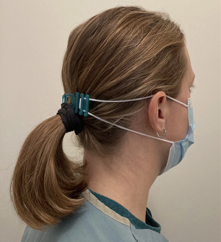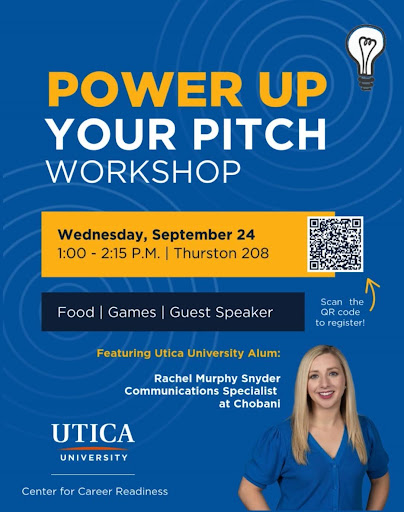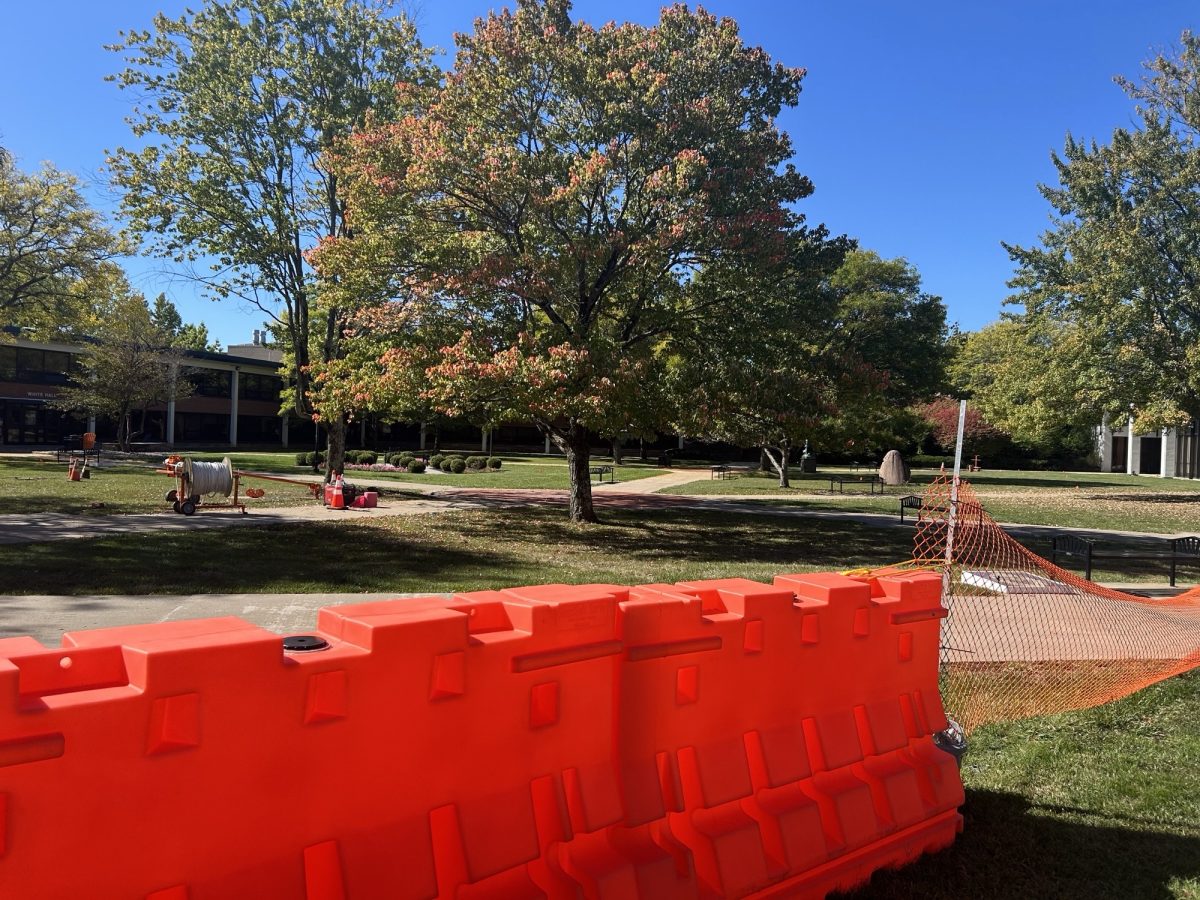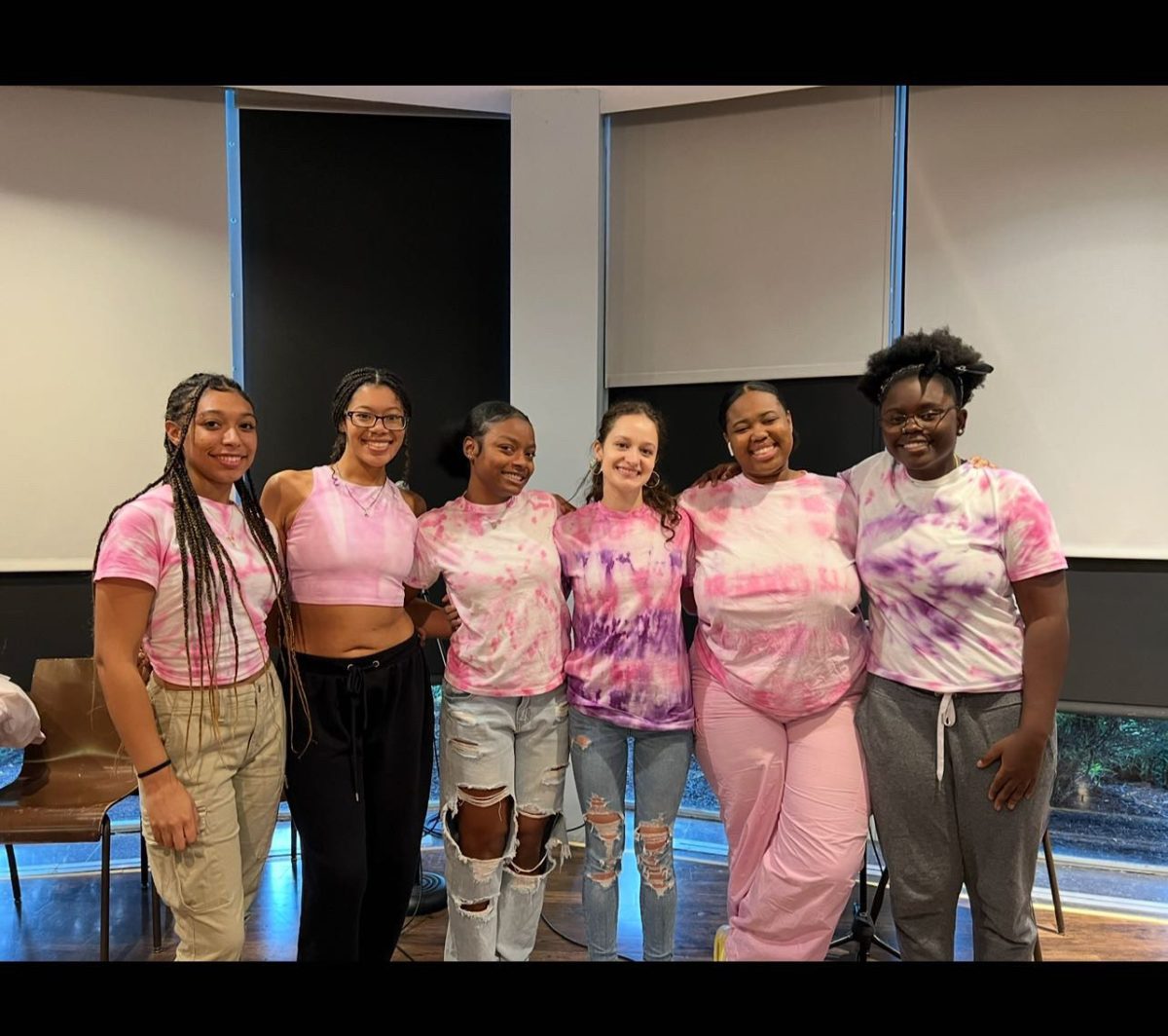Ann Marie Brown, a 37-year-old graduate student at Utica College is accustomed to working hard and on a deadline thanks to her experience in a steel company. The experiences Brown gained through the company enabled her to react in a way that truly helped front-line workers quickly during the COVID-19 pandemic.
“The daily volatility of the steel markets, or supply and demand, have really prepared me for the changes that COVID-19 has thrown my way,” Brown said. “I have had to learn to quickly adapt and overcome adversity which is also major components of occupational therapy. When the problem presented itself, my natural reaction was ‘I need to find a way to help, and help quickly.’”
As health care workers continue to log eight-to-12 hour shifts during the pandemic, the use of N-95 masks over an extended period of time, according to Brown, can eat away at the back of their ears. Almost like how a person would react when a mosquito buzzes around them.
Brown reacted to the pandemic by using her resources at Utica College to design and create an ear-saving device with the 3D printers in the occupational therapy department. “3D printing is part of a family of manufacturing technology called additive manufacturing,” Christopher McFadden of Interesting Engineering said. “This describes the creation of an object by adding material to the object layer by layer.”

The photo above is the finished product of what Brown’s ear-savers look like. The following video from Mashable briefly describes how 3D printers work and offers insight as to why using them for Brown’s project was so effective.
The level of efficiency and cost-effectiveness brought by the 3D printer is imminent during a time where supplies and individuals to complete the job are sparse.

Concerning the design of the ear-savers, Brown discussed she researched the internet in hopes of locating a design that would work well for her purposes. Brown finally found the Cults 3D printer forum. There she was able to download and modify the design making her end of the process slightly less overwhelming.
The above video depicts the formation of the ear-savers while being created by the 3D printer. This demonstrates the ease of creating such a beneficial product for front-line workers.
Brown made an impact on the community by using her past experiences and current network to make the most of her education. Not only that but she has been able to assist front-line workers by aiding them in their comfort.
“I honestly didn’t think that my little project would have the impact or notoriety that it has generated,” Brown said. “When it comes to doing something out of your comfort zone, I say go for it. For both undergraduates and graduates, be active members of your communities, both at UC and at home, get to know your neighbors, search to find the gaps in services within your community and work to fill those gaps. You’ll be surprised how a little help can go a long way. I know I was.”








































































































































